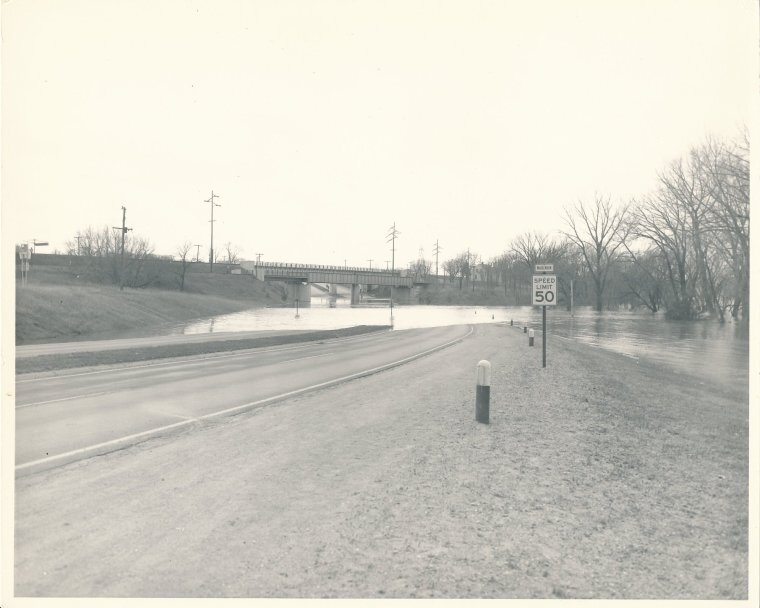And, let me ask the woman who does not believe that she should vote. Would not the introduction of the feminine into government affairs serve to cleanse them of the stigma which is too often attached. To mind that would be the result.
I have said that I would deal impartially in this article and so I am giving “the other hand” of the question. Men have opposed equal rights because they say that the influence a women of evil intentions could throw into a political fight would disrupt organization. I answer: There is now much evil in the manner in which our male citizens are carrying out their policies and it is a certainty that the purifying influences of women would be felt in national questions.
“But women has not the training for a political career”, some of my skeptical friends may declare. True, she has not had the training which has been accorded to the men, but just ow she is not looking for political office, for she is after her primary right- the ballot. Then after that is one the political training will naturally follow with the interest which the woman must take in the affairs of the country which she will necessarily help in deciding.
I do not suppose that enlightened readers will want me to again go over that thread bare motto, which arises to the uppermost part of the brain of man whenever he is arguing against equal rights, vis., that “women’s place is in the home”.
Of course woman’s place is in her home. So is a man’s, but that does not prevent either from participating in the decision of who shall govern the rights upon which that home is built. Think it over. Does it?
It befell me to be a member of the little band of women who, when they asserted their rights verbally in front of the house of commons in February, were dragged into the worst excuse for a court of justice and sentenced to one month in the workshop because they had nerve enough to tell the people of London their ideas on the rights of men and women.
The mental agonies which we women were compelled to undergo were compensated in the good which was done the cause, or we were the martyrs of our division of the great band of women which is fighting for the ballot.
True, the magistrate was good enough to give us places in “jail” which were better than those to which the ordinary drunkard is sentenced, but the care we received was not such that our lived in the confinement of the “jail” was by any means comfortable. Yet we refused to allow ourselves freedom.
Men have laughed at our methods of going about the acquirement of our right to the ballot.
A male friend of mine said to me: “Why do not you women go after suffrage peaceably without the attempt at making your point felt by the use of brute strength?”
Think of it, sisters and brothers. He called our efforts the utilization of “brute strength”. I laughed outright when he chose to term our fight under that caption.
Perhaps he gained his idea from the fact that our vigorous prosecuting of the fight has been styled “rioting” by the sensationalist press. But in my mind, it cannot be called that for to my knowledge, none of the women came to blows with their enemies in this fight. IT seems to me that what “brute strength” has been used was on the other side.
Brains have been used to a greater extent then you might imagine. It was a cunning mind among our leaders who thought out the plan to talk to leaders of Parliament by having two women chain themselves to the guard in the balcony. Just that little incident gave England the idea that the fight was a determined one.




























